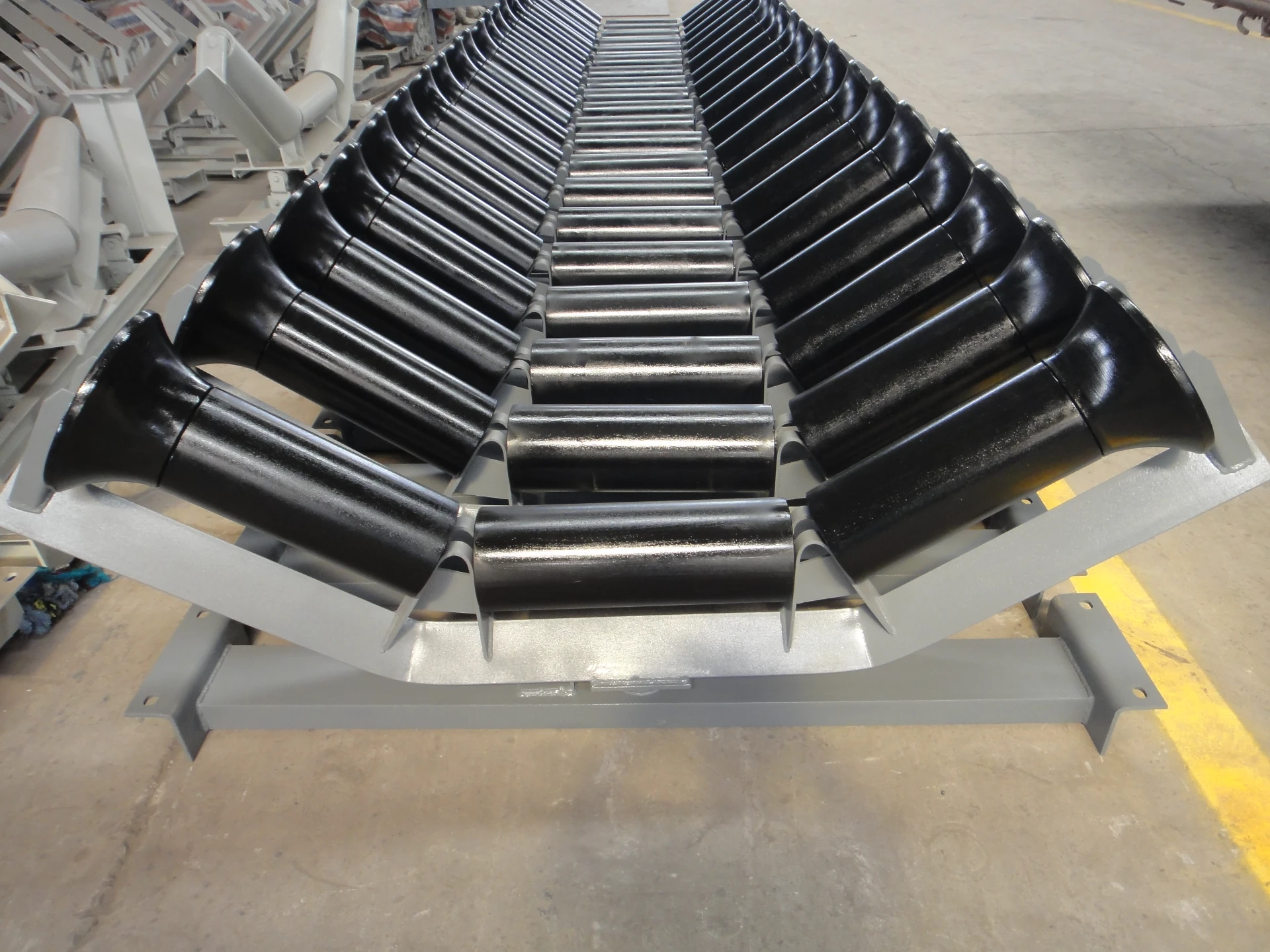 Afrikaans
Afrikaans  Albanian
Albanian  Amharic
Amharic  Arabic
Arabic  Armenian
Armenian  Azerbaijani
Azerbaijani  Basque
Basque  Belarusian
Belarusian  Bengali
Bengali  Bosnian
Bosnian  Bulgarian
Bulgarian  Catalan
Catalan  Cebuano
Cebuano  Corsican
Corsican  Croatian
Croatian  Czech
Czech  Danish
Danish  Dutch
Dutch  English
English  Esperanto
Esperanto  Estonian
Estonian  Finnish
Finnish  French
French  Frisian
Frisian  Galician
Galician  Georgian
Georgian  German
German  Greek
Greek  Gujarati
Gujarati  Haitian Creole
Haitian Creole  hausa
hausa  hawaiian
hawaiian  Hebrew
Hebrew  Hindi
Hindi  Miao
Miao  Hungarian
Hungarian  Icelandic
Icelandic  igbo
igbo  Indonesian
Indonesian  irish
irish  Italian
Italian  Japanese
Japanese  Javanese
Javanese  Kannada
Kannada  kazakh
kazakh  Khmer
Khmer  Rwandese
Rwandese  Korean
Korean  Kurdish
Kurdish  Kyrgyz
Kyrgyz  Lao
Lao  Latin
Latin  Latvian
Latvian  Lithuanian
Lithuanian  Luxembourgish
Luxembourgish  Macedonian
Macedonian  Malgashi
Malgashi  Malay
Malay  Malayalam
Malayalam  Maltese
Maltese  Maori
Maori  Marathi
Marathi  Mongolian
Mongolian  Myanmar
Myanmar  Nepali
Nepali  Norwegian
Norwegian  Norwegian
Norwegian  Occitan
Occitan  Pashto
Pashto  Persian
Persian  Polish
Polish  Portuguese
Portuguese  Punjabi
Punjabi  Romanian
Romanian  Russian
Russian  Samoan
Samoan  Scottish Gaelic
Scottish Gaelic  Serbian
Serbian  Sesotho
Sesotho  Shona
Shona  Sindhi
Sindhi  Sinhala
Sinhala  Slovak
Slovak  Slovenian
Slovenian  Somali
Somali  Spanish
Spanish  Sundanese
Sundanese  Swahili
Swahili  Swedish
Swedish  Tagalog
Tagalog  Tajik
Tajik  Tamil
Tamil  Tatar
Tatar  Telugu
Telugu  Thai
Thai  Turkish
Turkish  Turkmen
Turkmen  Ukrainian
Ukrainian  Urdu
Urdu  Uighur
Uighur  Uzbek
Uzbek  Vietnamese
Vietnamese  Welsh
Welsh  Bantu
Bantu  Yiddish
Yiddish  Yoruba
Yoruba  Zulu
Zulu Innovative Solutions for Durable Plastic Bearing Housings in Industrial Applications
The Rise of Plastic Bearing Housings A Sustainable Solution for Modern Applications
In the realm of engineering and manufacturing, the importance of components that exhibit durability, lightweight characteristics, and resistance to various environmental factors cannot be overstated. One such innovation that has gained traction over recent years is the plastic bearing housing. These housings, formed from advanced polymers, offer several advantages over traditional metal alternatives, making them an attractive choice for a wide array of applications.
Understanding Plastic Bearing Housings
A bearing housing plays a crucial role in the overall function of machinery, serving as the sturdy support structure for bearings within rotating equipment. Traditionally, metal housings made from cast iron or aluminum have dominated the market. However, advancements in material science have led to the development of high-performance plastics that can withstand mechanical stresses, resist corrosion, and perform well across diverse temperature ranges.
Plastic bearing housings are designed using engineered thermoplastics, such as polyamide (nylon), polyoxymethylene (POM), and polycarbonate, which are known for their impressive mechanical properties. These materials provide strength, rigidity, and resistance to wear and abrasion, making them an excellent choice for applications in various sectors including automotive, manufacturing, and food processing.
Advantages of Plastic Bearing Housings
1. Weight Reduction One of the most significant benefits of plastic bearing housings is their lightweight nature. This characteristic is particularly advantageous in industries where minimizing weight is crucial, such as aerospace and automotive. Lightweight components contribute to fuel efficiency and overall performance improvements.
2. Corrosion Resistance Unlike metal housings, which are susceptible to corrosion when exposed to moisture or aggressive chemicals, plastic bearing housings are inherently resistant to various environmental conditions. This makes them suitable for applications in harsh industrial settings or marine environments, where exposure to water and chemicals is inevitable.
plastic bearing housing

3. Cost-Effectiveness The manufacturing process of plastic components can be more economical than that of their metal counterparts. High-volume production using injection molding or other techniques allows for reduced costs, which is beneficial for manufacturers looking to optimize their supply chain.
4. Design Flexibility The versatility in design offered by plastics provides engineers with greater freedom to create complex shapes and configurations that may not be feasible with metal materials. This can lead to innovative designs that improve overall product performance and functionality.
5. Reduced Friction and Wear Many engineered plastics exhibit low-friction properties, which can lead to lower wear rates compared to traditional metal bearings. This results in enhanced longevity and reduced maintenance needs, translating to cost savings over the lifespan of the product.
Applications of Plastic Bearing Housings
The versatility of plastic bearing housings allows them to be employed in a wide variety of applications. In the automotive sector, they are often used in electric motors and drivetrain components, where reducing weight while maintaining performance is critical. In the food industry, plastics that comply with safety regulations are utilized to prevent contamination and ensure hygiene. Other applications include robotics, conveyor systems, and high-speed machinery.
Future Outlook
As industries continue to seek more sustainable practices, the demand for plastic bearing housings is expected to grow. Manufacturers are focusing on developing even more advanced materials, including biodegradable options, which may further enhance the environmental profile of bearing housings. Additionally, with ongoing research and development, future innovations could lead to even better performance and broader applicability in terms of temperature and load capacities.
In conclusion, plastic bearing housings stand out as a modern solution within the engineering landscape. Their benefits of lightweight design, corrosion resistance, cost-effectiveness, and reduced friction make them an attractive choice for a variety of applications. As technology and materials continue to advance, the role of plastic bearing housings is likely to expand, reinforcing their position as a significant player in the future of machinery design and manufacturing.
-
Revolutionizing Conveyor Reliability with Advanced Rubber Lagging PulleysNewsJul.22,2025
-
Powering Precision and Durability with Expert Manufacturers of Conveyor ComponentsNewsJul.22,2025
-
Optimizing Conveyor Systems with Advanced Conveyor AccessoriesNewsJul.22,2025
-
Maximize Conveyor Efficiency with Quality Conveyor Idler PulleysNewsJul.22,2025
-
Future-Proof Your Conveyor System with High-Performance Polyurethane RollerNewsJul.22,2025
-
Driving Efficiency Forward with Quality Idlers and RollersNewsJul.22,2025





























